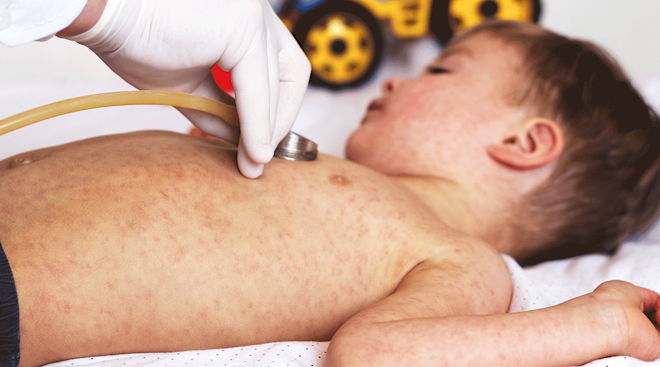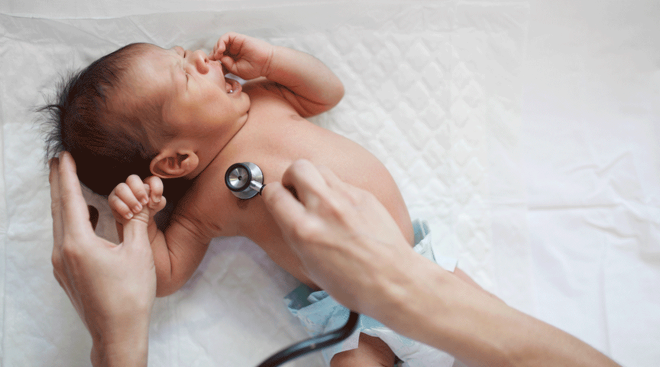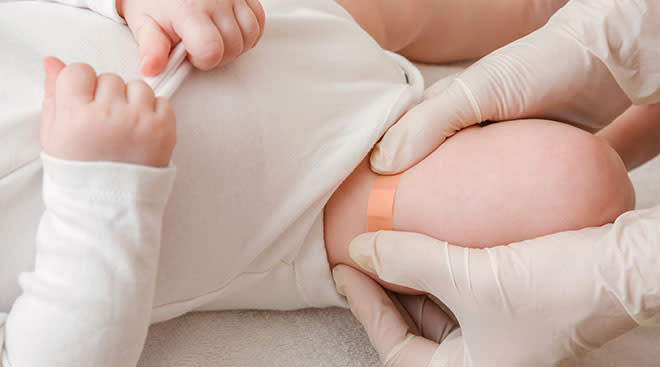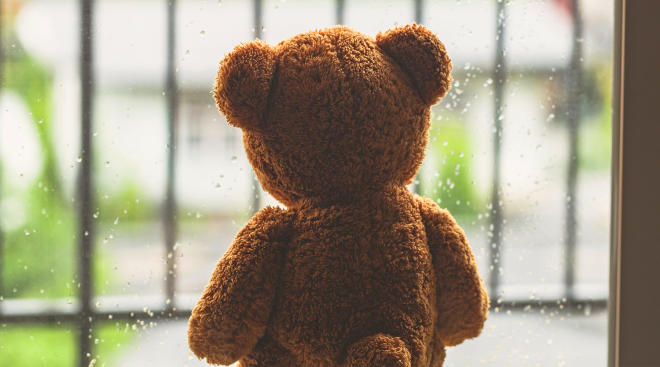Kids in These 15 Anti-Vax ‘Hotspots’ Are at Risk for Preventable Diseases
A rise in the number of parents opting not to vaccinate their kids has lead to anti-vaccine “hotspots” across the country, putting kids who live in those areas at particular risk of contracting preventable diseases, a new study has found.
Kids are usually required to receive certain vaccines (like measles, mumps and rubella) before they can enroll in school. Sometimes children can’t be fully vaccinated due to medical reasons, but 18 states currently allow parents to seek non-medical exemptions on the basis of religious or philosophical beliefs. Despite the fact that evidence linking vaccines to toxins, autism, ADHD or cancer simply doesn’t exist—and that evidence of the safety and efficacy of vaccines does—some people have shied away from vaccinating their kids.
Now, a study published in PLOS Medicine has found that the number of these non-medical exemptions is growing in 12 of those 18 states, and identified 15 metropolitan clusters where more than 5 percent of all kindergarten-age kids are unvaccinated.
“Our study of vaccine exemptions found that while nationally, immunization rates may have not changed much, we may have unmasked a number of both rural and urban hotspots where large numbers of children are not receiving access to life-saving vaccines,” Peter Hotez, lead author of the study and a professor at Baylor College of Medicine, tells CBS News. "As larger unvaccinated populations grow, particularly in highly mobile cities, the potential for vaccine-preventable disease outbreaks grows.”
Kids who live in these 15 anti-vax hotspots are especially vulnerable to outbreaks of these preventable diseases, according to the study:
- Seattle, WA
- Spokane, WA
- Portland, OR
- Phoenix, AZ
- Salt Lake City, UT
- Provo, UT
- Houston, TX
- Fort Worth, TX
- Plano, TX
- Austin, TX
- Troy, MI
- Warren, MI
- Detroit, MI
- Kansas City, MO
- Pittsburgh, PA
There are an additional 10 counties where more than 14 percent of kindergarteners are unvaccinated, primarily in Idaho, Wisconsin and Utah.
The good news? The majority of children who live in these places are still vaccinated, which is why there hasn’t been a significant outbreak. But if the number of people seeking exemptions continues to grow, that could change—and more people could find themselves at risk.
"Measles outbreaks are of particular concern because measles is so highly transmissible and is associated with high morbidities, leading to hospitalization and sometimes permanent neurological injury or even death,” Hotez and his co-author, Melissa Nolan of the University of South Carolina, say in a joint statement. They warned that a vaccine coverage of 90 to 95 percent is needed to protect children from measles—and these hotspots are teetering on that brink.
“We hope this evidence-based study will help promote future research on this issue,” they conclude. “Such studies could increase public policy support for physician and community education campaigns on the clinical benefits of vaccinating healthy children.” High-five to that!
Wondering what the AAP- and CDC-approved vaccination schedule looks like? Here’s a breakdown of what shots baby will need and when.
Please note: The Bump and the materials and information it contains are not intended to, and do not constitute, medical or other health advice or diagnosis and should not be used as such. You should always consult with a qualified physician or health professional about your specific circumstances.
Navigate forward to interact with the calendar and select a date. Press the question mark key to get the keyboard shortcuts for changing dates.



















































